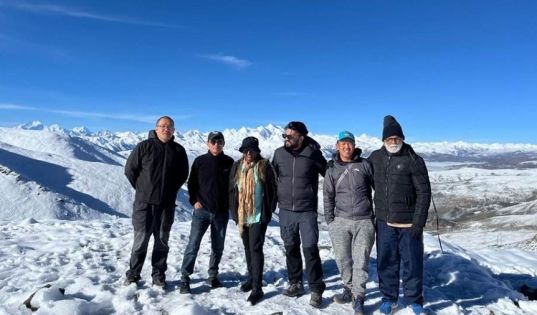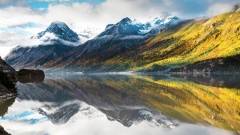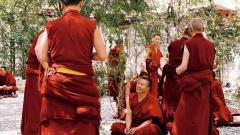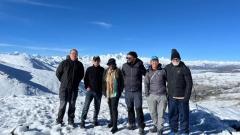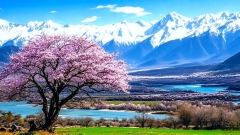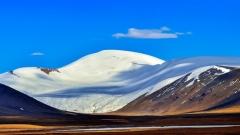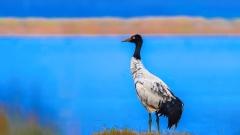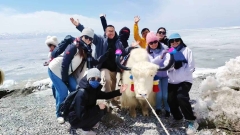When most travelers imagine Tibet, they picture summer treks, vibrant festivals, or autumn landscapes bathed in golden light. But few consider visiting in winter, a season that reveals a quieter, more authentic side of the plateau. While temperatures may be colder, winter in Tibet offers unique rewards—fewer crowds, lower costs, and stunning scenery unlike any other time of year.
Stunning Clear Skies and Snowy Landscapes
Winter brings some of the clearest skies in Tibet. Without summer’s rain clouds, visitors are treated to dazzling sunshine, crisp blue horizons, and snow-covered peaks. The Potala Palace in Lhasa gleams under fresh snow, while iconic mountains like Everest and Namcha Barwa stand out in rare clarity. Photographers will find this season especially rewarding.
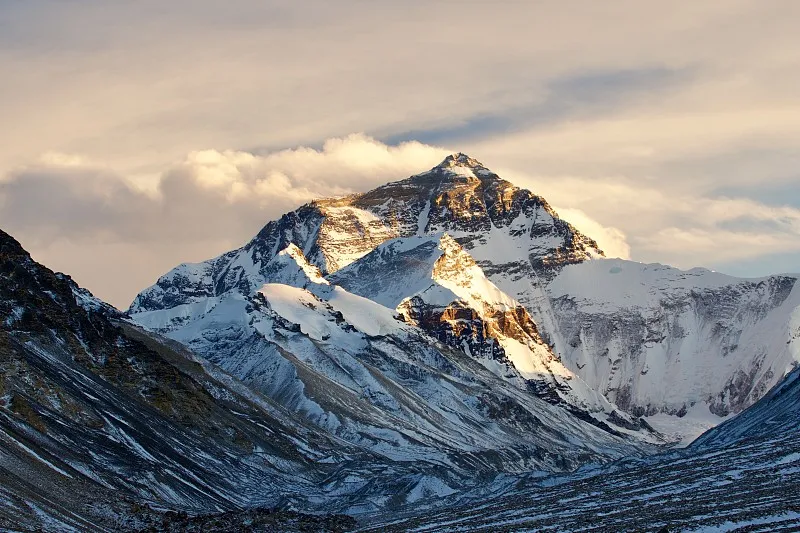
Mount Everest
Peaceful and Authentic Experience
Unlike the busy summer months, winter tourism in Tibet is far quieter. Major attractions such as Jokhang Temple, Barkhor Street, and Yamdrok Lake can be enjoyed without large crowds. This allows travelers to connect more deeply with local life, observe monks in their daily routines, and experience a calmer spiritual atmosphere.
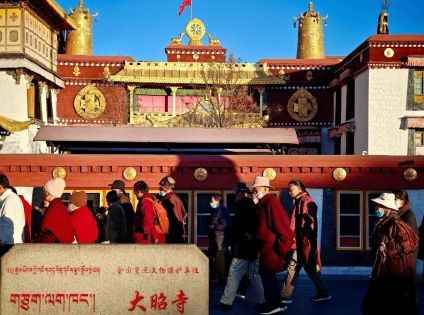
Jokhang Temple
Lower Travel Costs
Winter is Tibet’s low season, which means better deals on hotels, flights, and tour packages. Travelers can save significantly while still enjoying professional services and high-quality experiences. For budget-conscious visitors, this is the perfect time to explore the region without breaking the bank.
Warmer Than You Think in Lhasa
Although Tibet sits at a high altitude, not all regions are equally cold. In Lhasa, daytime temperatures often reach 10°C (50°F) thanks to strong sunshine. With layered clothing, the cold is manageable, especially compared to harsher climates elsewhere in winter.
Special Festivals and Local Life
Winter is also when Tibetans celebrate traditional festivals such as Losar (Tibetan New Year). Visiting during this season offers insight into local customs, family gatherings, and vibrant cultural activities that aren’t as accessible in the peak tourist months.
Tips for Winter Travel in Tibet
-
Dress in layers: A warm jacket, thermal wear, gloves, and a hat are essential.
-
Stay hydrated: The air is dry, so drink plenty of water.
-
Be prepared for altitude: The high elevation affects travelers year-round, so acclimatization is still important.
-
Plan transport carefully: Some remote mountain routes may be closed due to snow, but major attractions remain accessible.
Conclusion
Winter in Tibet is truly an underrated season. With breathtaking scenery, fewer tourists, affordable prices, and unique cultural experiences, it’s one of the best times to discover the authentic heart of the plateau. For travelers seeking both beauty and peace, Tibet in winter is a journey you won’t forget.
